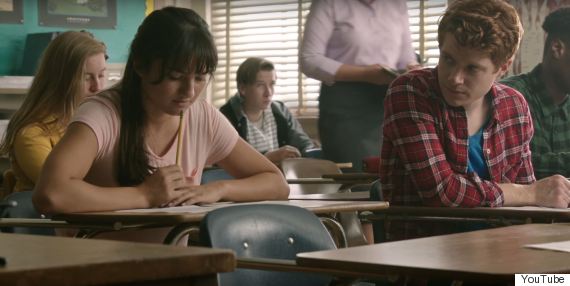

We compared these two modes of delivery on program reach and fidelity, student and staff outcomes, and positive school climate at 10 middle schools in Boston Public Schools.

The goal of this evaluation study was to compare the traditional in-person presentation of the Sandy Hook Promise (SHP) Foundation’s Say Something program with an online version of the program. It may also facilitate broad dissemination, which is critical to supporting the health and well-being of youth and achieving population-level effects of the intervention. Delivering components of the program online may help improve efficiency of program delivery and reduce implementation costs. The use of technology as part of health intervention delivery is emerging, but few studies have been conducted that evaluate the effectiveness of incorporating online presentations for students compared to typical in-person delivery. Principal Investigator: Andi Eisman, PhDĮfficient and effective programs for violence prevention is especially necessary in public schools with limited budgets and resources.This evaluation study will assess the effectiveness of the program through individual and school outcomes. Together with SHP, we are implementing SS-ARS in the Miami-Dade County Public Schools in 2018. The purpose of this study is to improve the recognition of mental duress, violent antecedents, and other risk behaviors in communities and prevent future violence, criminal and other risk behavior in youth. Using this anonymous approach allows individuals to share concerns when a trusted adult is not an option, and emphasizes a positive change in school climate. The Say Something Anonymous Reporting System (SS-ARS) combines the Sandy Hook Promise (SHP) Foundation’s school-wide Say Something violence prevention program that enhances risk recognition, empowers and engages school communities and facilitates communication between the school, law enforcement, and crisis responders through a multi-model anonymous reporting system. It allows individuals to report a warning sign using their computer, phones, or tablets and is easily accessible for students, teachers, school administrators and parents. Funding Source: National Institute of JusticeĪnonymous tip lines can improve school safety through providing a safe and secure reporting system.Co-Principal Investigator: Justin Heinze, PhD.Principal Investigator: Hsing-Fang Hsieh, PhD.Say Something Anonymous Reporting System Evaluation, Miami-Dade The goal of this evaluation study is to understand the effects of the Know the Signs program on positive school climate and youth developmental outcomes. Funding Source: National Collaborative on Gun Violence Researchīuilding on our 2017 evaluation in the Los Angeles Unified School District (LAUSD), Sandy Hook Promise Foundation is partnering with the UM-SPH Prevention Research Collaborative on a three-year study to evaluate the Say Something and Start with Hello programs in 48 LAUSD middle schools.Co- Principal Investigator: Justin Heinze, PhD.Principal Investigator: Marc Zimmerman, PhD.It was the first rigorous assessment of the implementation and fidelity of the program suite as it was introduced to this new school district.

The goal of this evaluation study was to understand the effects of the Know the Signs program on positive school climate and youth developmental outcomes. In Spring 2017, Sandy Hook Promise Foundation partnered with the UM-SPH Prevention Research Collaborative to evaluate Say Something and Start with Hello, two components of the Know the Signs program, in the Los Angeles Unified School District (LAUSD).


 0 kommentar(er)
0 kommentar(er)
